NASA Astronomy Picture of the Day 6 May 2023: Fascinating Twilight in a Flower!
NASA Astronomy Picture of the Day 6 May shares a breathtaking image of the transition of the day in the shape of a flower.
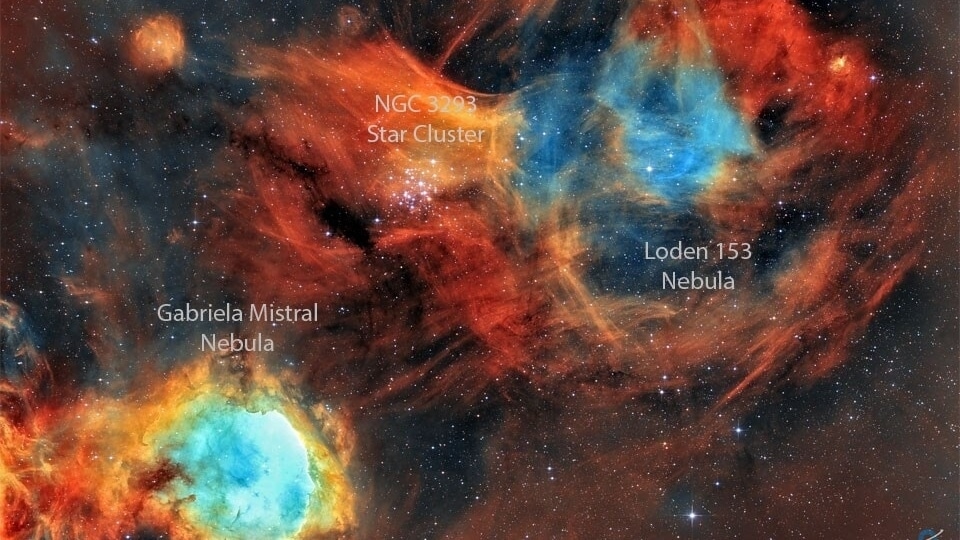

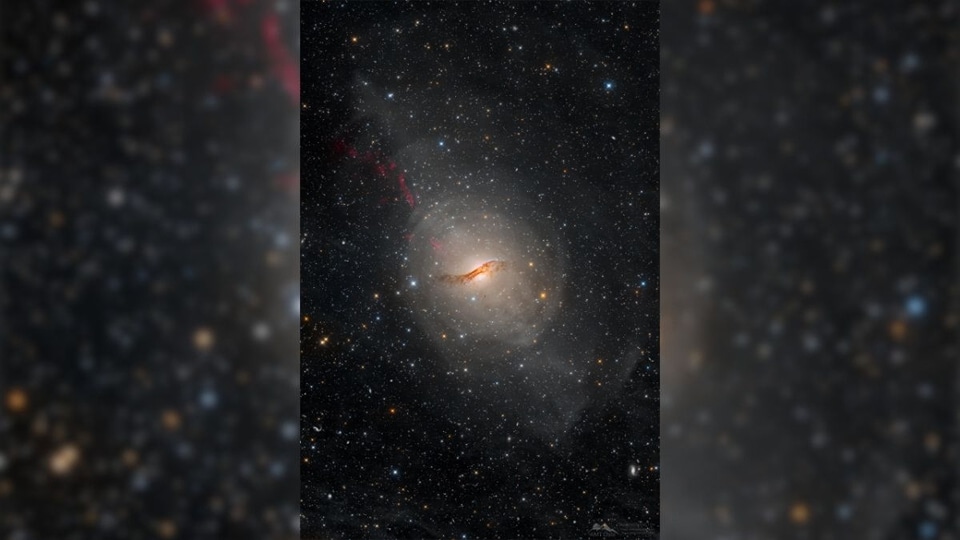
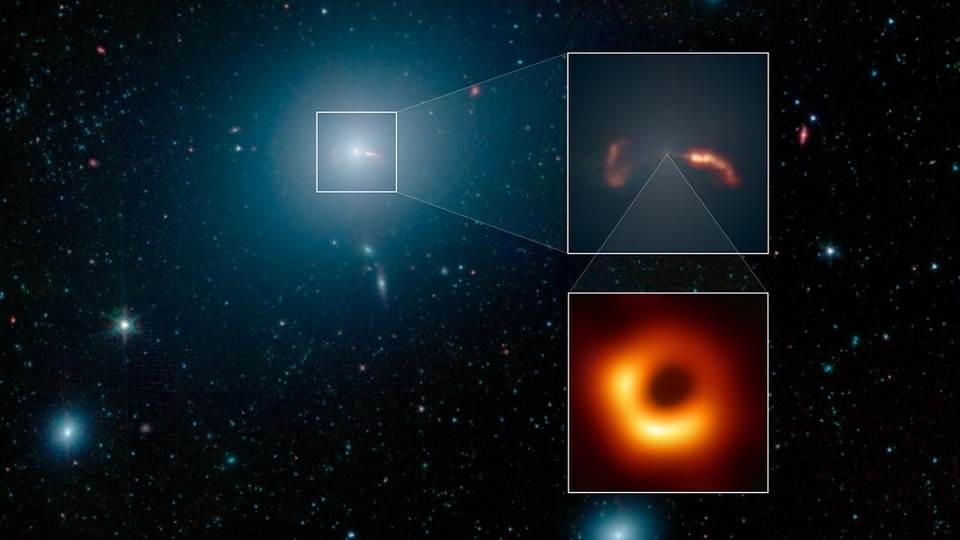
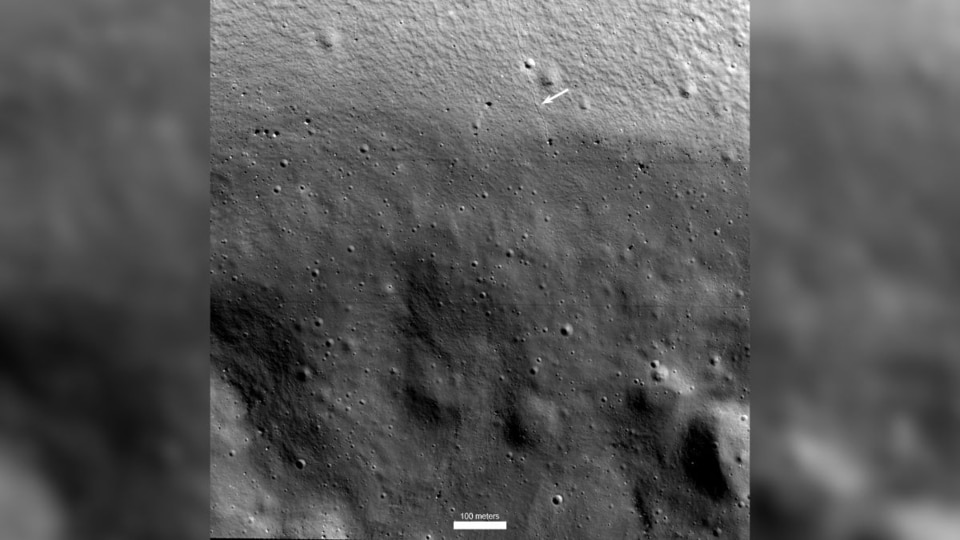
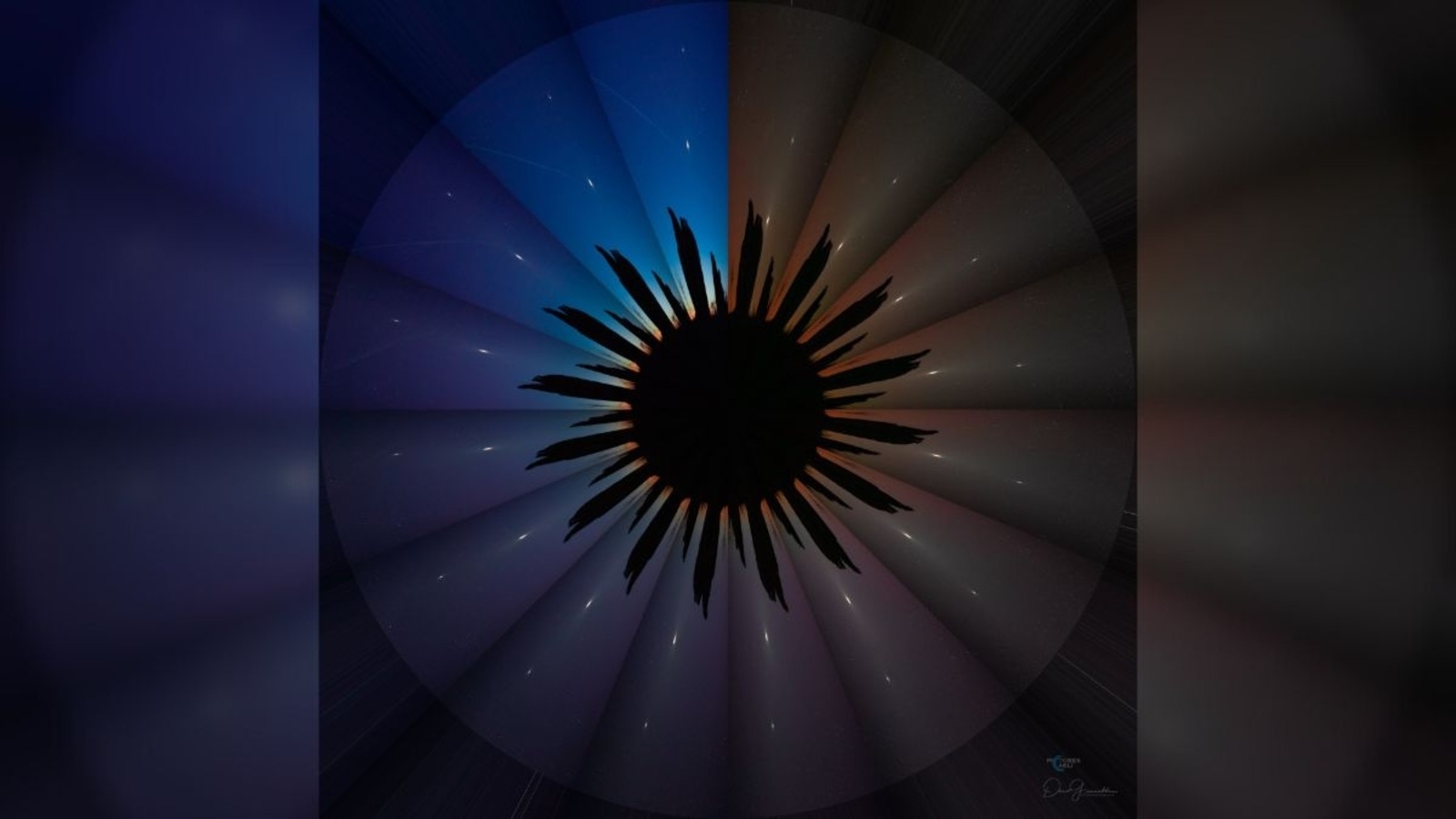
 View all Images
View all ImagesSkyscapes during the twilight are undoubtedly beautiful and mesmerizing. However, it can be creative too with a sense of perfect presentation. An astrophotographer, Dario Giannobile showed proof of it. This has been featured as today's NASA Astronomy Picture of the Day. It is a fascinating image of twilight in the shape of a flower, which is basically a journey of day into night. How did this photographer managed to capture it? Read on.
NASA's explanation for the image
This creative time-lapse skyscape image shared by NASA shows 16 shots documenting the transition from day to night, portrayed as the petals of a flower. The sequence begins at the top and proceeds counterclockwise, capturing the gradual darkening of the twilight sky into a deeper blue as night takes over. To maintain consistent lighting and colour balance, each exposure was taken on the evening of April 22.
"Close to the western horizon on that date, a crescent Moon and Venus are the two brightest celestial beacons," NASA mentioned. Meanwhile, the megalithic rocks of Argimusco in Sicily form a silhouette around the flower's center. These massive rocks have been shaped by atmospheric forces, creating a unique collection of anthropomorphic and zoomorphic figures that can only be found in this location.
The photographer of the image, Giannobile says in his blog, "On the occasion of Earth Day 2023, April 22, a fascinating celestial alignment occurred between Venus, Aldebaran, and the Earthshine Moon. The three objects arranged to form a triangle in the sky as the Moon accompanied the open cluster of the Pleiades."
Venus and Moon
Apart from the Twilight skyscape, NASA reported that on April 22, 2023, astronomy enthusiasts were treated to a breathtaking sight as the moon and Venus, the two most prominent celestial bodies in the night sky, that seemed to be on a collision course amidst a meteor shower.
The waxing crescent moon had Venus positioned 6 degrees above and to its left, while the "Seven Sisters" star cluster, a well-known group of seven visible stars, shone at a similar apparent distance below the slim crescent moon.
Catch all the Latest Tech News, Mobile News, Laptop News, Gaming news, Wearables News , How To News, also keep up with us on Whatsapp channel,Twitter, Facebook, Google News, and Instagram. For our latest videos, subscribe to our YouTube channel.





























